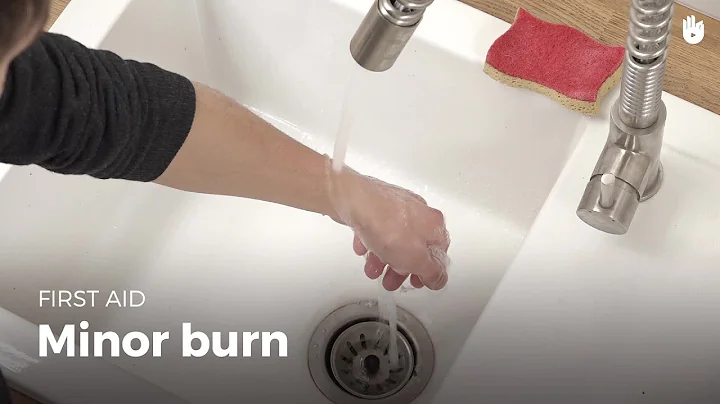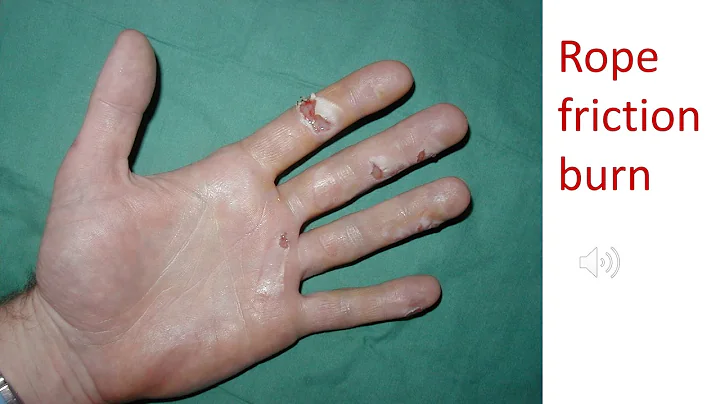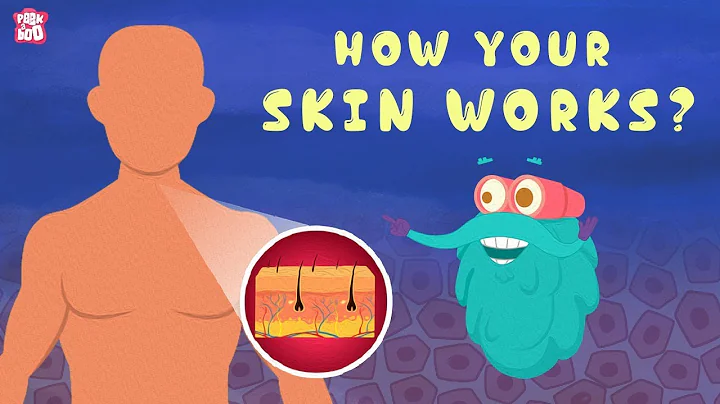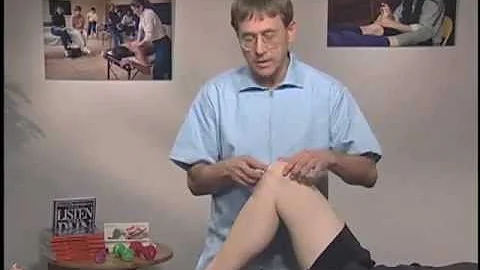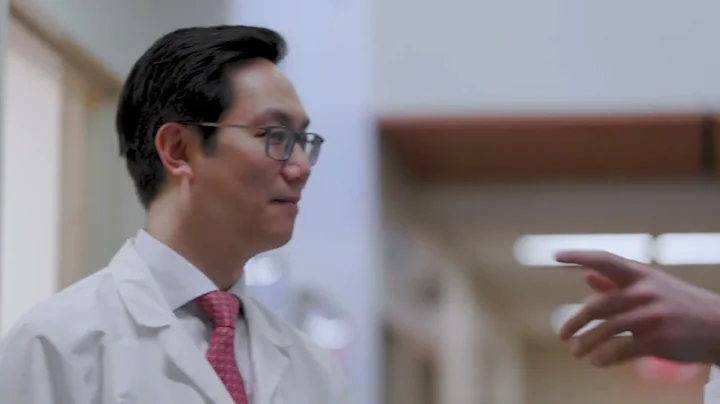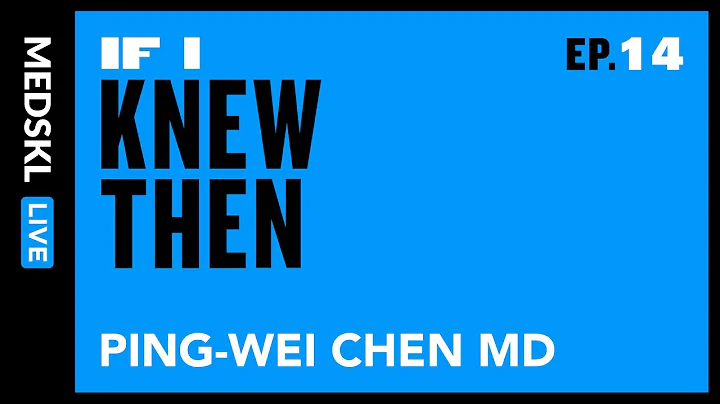The skin on the joints on the back of the hand becomes hard. One possibility is that the skin of our joints has been repeatedly subjected to excessive friction for a long time. For example, the hands often exert force and do heavy lifting, and the skin is rubbed and not taken seriously. In the long run, the stratum corneum will thicken and become hard.
Another possibility is pathological factors, suffering from scleroderma . Scleroderma is divided into two types: simple and systemic symptoms. The symptoms of simple scleroderma are superficial skin itching, erythema, subcutaneous damage and thickening, and sparse hair loss in the hair area.

Systemic scleroderma is more serious. It may be systemic sclerosis, involving the internal organs, gastrointestinal tract, difficulty eating , shortness of breath and other symptoms.
Scleroderma is a "skin gangrene" in the category of traditional Chinese medicine. When treating, traditional Chinese medicine treats the disease according to the patient's constitution, invasion of external evils, insufficient qi and blood, and blocked meridians. If the symptoms are treated properly, skin softening can be alleviated, metabolism can be improved, and normal functions can be restored.
Common therapies generally used in medical consultations include the following categories. You can refer to:
1. Method of warming the meridians and unblocking collaterals: mainly used in the sclerosis stage of scleroderma. The skin surface is dull and the local skin lesions become thick and hard and cannot be stretched. . In addition, the internal organs will be affected, resulting in loss of appetite, insomnia at night, shortness of breath, chest tightness and shortness of breath. The treatment principle is mainly to warm the meridians and dredge collaterals, supplemented by to activate blood circulation and remove blood stasis . Commonly used prescriptions are Yanghe Decoction and Danggui Sini Decoction .
2. Method of softening and dispersing stagnation: At this time, the hard skin area has formed, with limited movement and dark color. Mainly use therapies such as softening and dispersing stagnation, dissipating blood stasis and softening sclerosis to effectively eliminate the fibrosis of skin tissue. Commonly used prescriptions include seaweed, kelp, oyster, white mustard seed, Fritillaria, Bombyx, saponaria, etc.

3. Method of replenishing qi and nourishing blood: mostly used in the atrophic stage of scleroderma. It can be seen that the skin lesions have obvious atrophy, dark color, and cannot be removed by hand, accompanied by fatigue, weakness of limbs, palpitations and insomnia. Face pale. Traditional Chinese medicine believes that "qi is the leader of blood", which needs to nourish qi and nourish blood, help activate blood circulation and remove blood stasis, and refresh the mind. Commonly used prescriptions include Bazhen Decoction .
4, heat-clearing and detoxifying method : In the acute attack period, the skin lesions are dark in color, accompanied by fever, joint pain, joint inability to bend, red tongue with thin yellow coating, stringy pulse . It is mainly used to clear away heat and detoxify, supplemented by promoting blood circulation and removing blood stasis. The two are used in combination to control the onset of the disease. Once symptoms are under control, conditioning can be resumed. Commonly used prescriptions include honeysuckle, Scrophulariaceae , Hedyotis diffusa , Geranium purpurea and so on.
The above methods are relatively common in clinical practice, but they are not universal. Everyone needs to be diagnosed by a traditional Chinese medicine doctor and treated according to the condition of the disease, and cannot be used blindly.
The above is the relevant introduction to "What causes hard skin on the joints on the back of the hands". If you have more skin problems, you can leave a message below.



